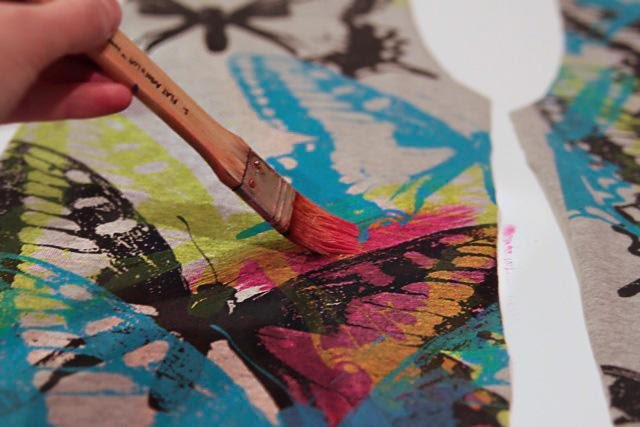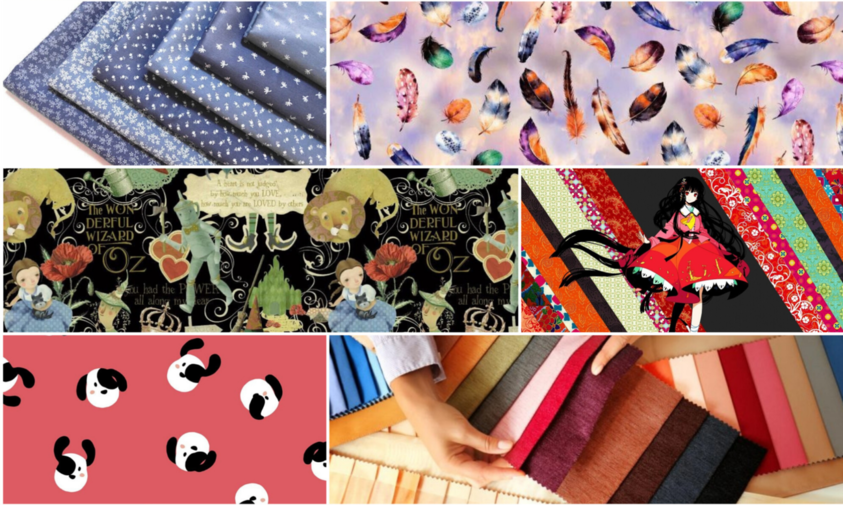Lyocell Fabric: Properties and the Making Background of Lyocell Fabric
Are you willing to know regarding lyocell fabric? Don’t worry!! Your quest is going to be finished soon! Because in this article, we will discuss everything regarding lyocell fabric. Just keep reading! What Is Lyocell Fabric? Lyocell fabric is a semi-synthetic fabric. It is the best alternative to cotton or silk. This fabric is a type of rayon. Lyocell became popular in the latter decades of the twentieth century and remains popular till now. This fabric is more ecological and organic than all the synthetic fibers like polyester. Because it comes from organic components. It is genuinely a better option for the environment. Lyocell-type fabric is generally soft to the touch, and many people can’t tell the difference between it and cotton. It is extremely durable, both wet and dry. It is also less prone to pilling than cotton. Textile makers like how easy it is to combine this fabric with other types of fabrics; for example, cotton, silk, rayon, polyester, nylon, and wool all work well together. How Is Lyocell Fabric Made? Tencel is chemically and essentially identical to rayon. However, the production procedure is slightly different. Here they use a direct solvent rather than an indirect solvent. Tencel needs a solvent spinning technology for making it. That is different from rayon. The Tencel manufacturing process does not produce any substantial chemical changes to cellulose’s chemical structure. Cellulose-based fabrics have been around for about 200 years. However, they have only mass-produced since the turn of the twentieth century. Initially intended as silk substitutes. The producers of cellulose fabrics attempted to replicate the method used by silkworms to produce actual silk. Rayon was the first mass-produced cellulose fabric. Lyocell production is one of the newest cellulose fabric production technologies. This is the improved version of rayon production methods. It is more efficient, produces less waste. It provides a less synthetic product than rayon. The Production Process The raw sources for the cellulose used in this fabric are hardwood chips such as oak or birch. Farms cultivate these trees with great care. They chop down the trees into chips. They also feed them into a vat of chemical digesters. These procedures soften the chips till they arrive at a Tencel manufacturing facility. Then they rinse the pulps with water and sanitize with bleach if necessary. After that, they dry it in a sheet before they coil properly and become the spools. The majority of cellulose rolls are massive, weighing around 500 pounds. After that, they cut the sheets into one-inch squares and place them in pressurized. It heated vats of an amine oxide. Here the principal solvent is lyocell. They filter the cellulose and run through spinnerets once it dissolves into a transparent liquid. Then they rinse the fibers in demineralized water after immersing them in a vat of diluted amine oxide to set. After drying the lyocell fibers, they add a lubricant, such as silicone or soap. Now they place these bundles of tows in a crimper, which compresses them. Now it is time to organize the best outputs. Finally, they cut the fibers, and they get ready to transform them into a range of items. Tencel’s manufacturing method takes less time than rayon’s. How Is Lyocell Fabric Used? Clothing manufacturers use this silky cotton-like fabric to produce everything from dress shirts to towels to lingerie. This fabric has a high demand in commercial situations as in garments. Many manufacturers, for example, have replaced cotton in the fabric components of conveyor belts with lyocell; belts constructed with this fabric last longer and are more resistant to wear and tear. Tencel is also quickly becoming a popular cloth for medical dressings. In life or death situations, having a highly tensile fabric is critical. Tencel has proven to be stronger than materials previously used for medical dressings. The high absorbency of this fabric makes it an excellent choice for medical applications. Scientific researchers noticed the potential of lyocell as a component in specialty papers soon after its development. While you wouldn’t want to write on Tencel paper, it is used to make many different types of filters, and because it has low air resistance and great opacity, it is an excellent filtration medium. Because the lyocell-based fabric is such a versatile material, it may be used in a wide range of applications. More uses for Tencel may be discovered in the future as research into this fabric continues. Where Is Lyocell Fabric Produced? Only the American Enka facility in Enka, North Carolina, produced this fabric when it was invented initially. When Enka discontinued producing this chemical, Courtaulds Fibers rebranded it as Tencel and shifted production wholly to the United Kingdom. The Tencel manufacturers moved to the Courtaulds plant in Mobile, Alabama. Until the late 1990s, this fabric was only available in the United States. Europe produces the majority of Tencel or lyocell type fabric, but China and Indonesia also produce this in a huge number of quantities. A variety of smaller companies may also make this fabric in minuscule quantities, but if you’ve worn a Tencel garment, chances are it came from China. How Much Does Lyocell Fabric Cost? Rayon and other cellulose fabrics were originally produced as cheaper alternatives to silk. While silk production is all-natural. It is also relatively more sustainable. It is hard to produce silk in large quantities. If global economic trends remain stable, cotton will remain less expensive than lyocell and similar fabrics. Some manufacturers are happy to pay slightly higher prices for the benefits of using cellulose over cotton due to its superior tensility and durability. What Different Types of Lyocell Fabric Are There? You should be aware of a handful of textiles that are extremely comparable to the lyocell-based fabric as you learn more about this textile. Fabrics that are similar to each other include: How Does Lyocell Fabric Impact the Environment? Lyocell production employs a “closed-loop” extraction process. It means that the same batch of amine oxide is used to extract multiple batches
Lyocell Fabric: Properties and the Making Background of Lyocell Fabric Read More »






